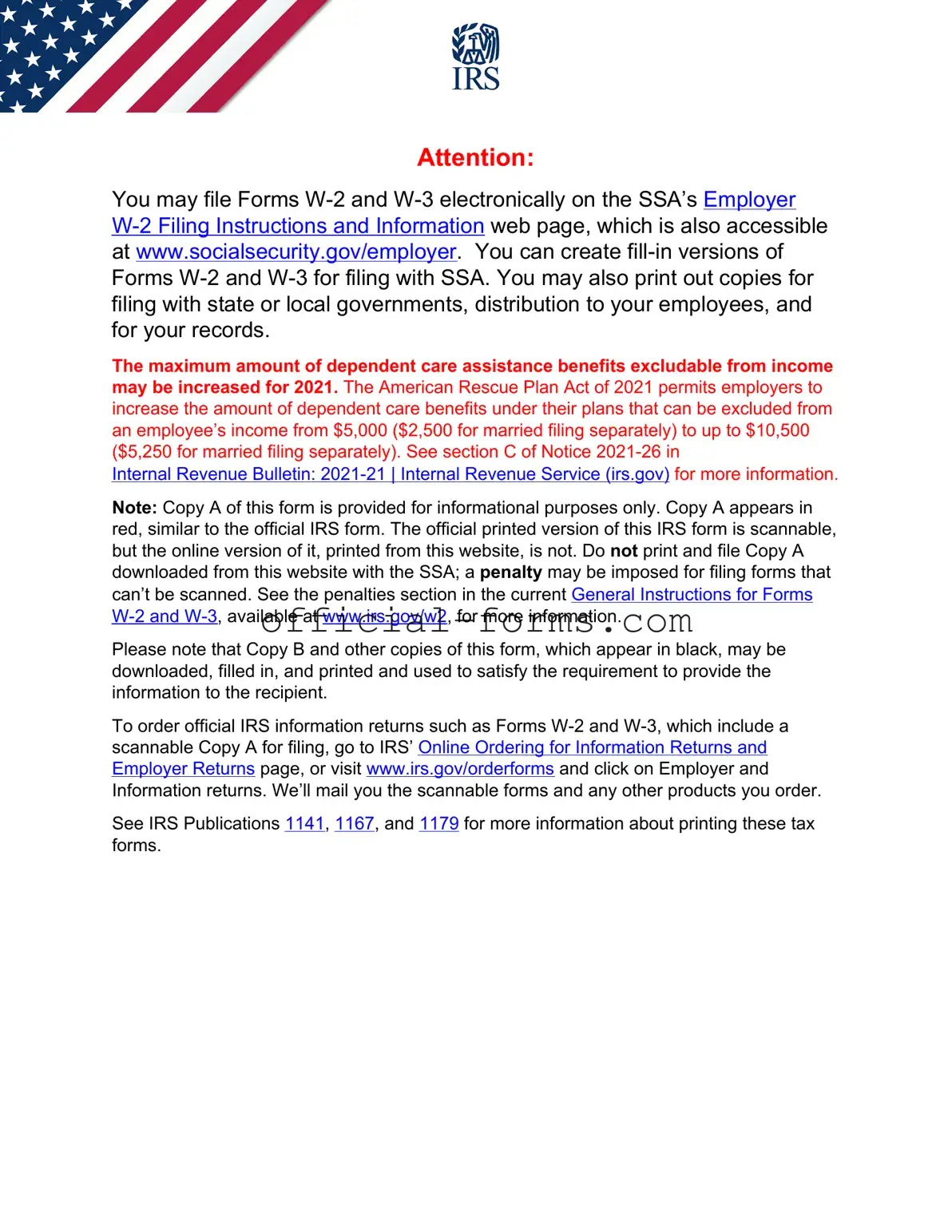The IRS W-2 form plays a crucial role in the annual tax reporting process for employees and employers alike. Issued by employers, this form provides a detailed summary of an employee's earnings and the taxes withheld throughout the year. It includes vital information such as the employee's total wages, tips, and other compensation, as well as federal, state, and local income taxes that have been deducted. Additionally, the W-2 form contains essential identification details, including the employer's identification number and the employee's Social Security number. Understanding the components of the W-2 is essential for accurately filing tax returns, as it serves as the primary document for reporting income to the IRS. Moreover, employees must receive their W-2 forms by January 31st of each year, ensuring they have sufficient time to prepare their tax filings. With its significance in the tax landscape, the W-2 form is a key document that connects the dots between employment income and tax obligations.
